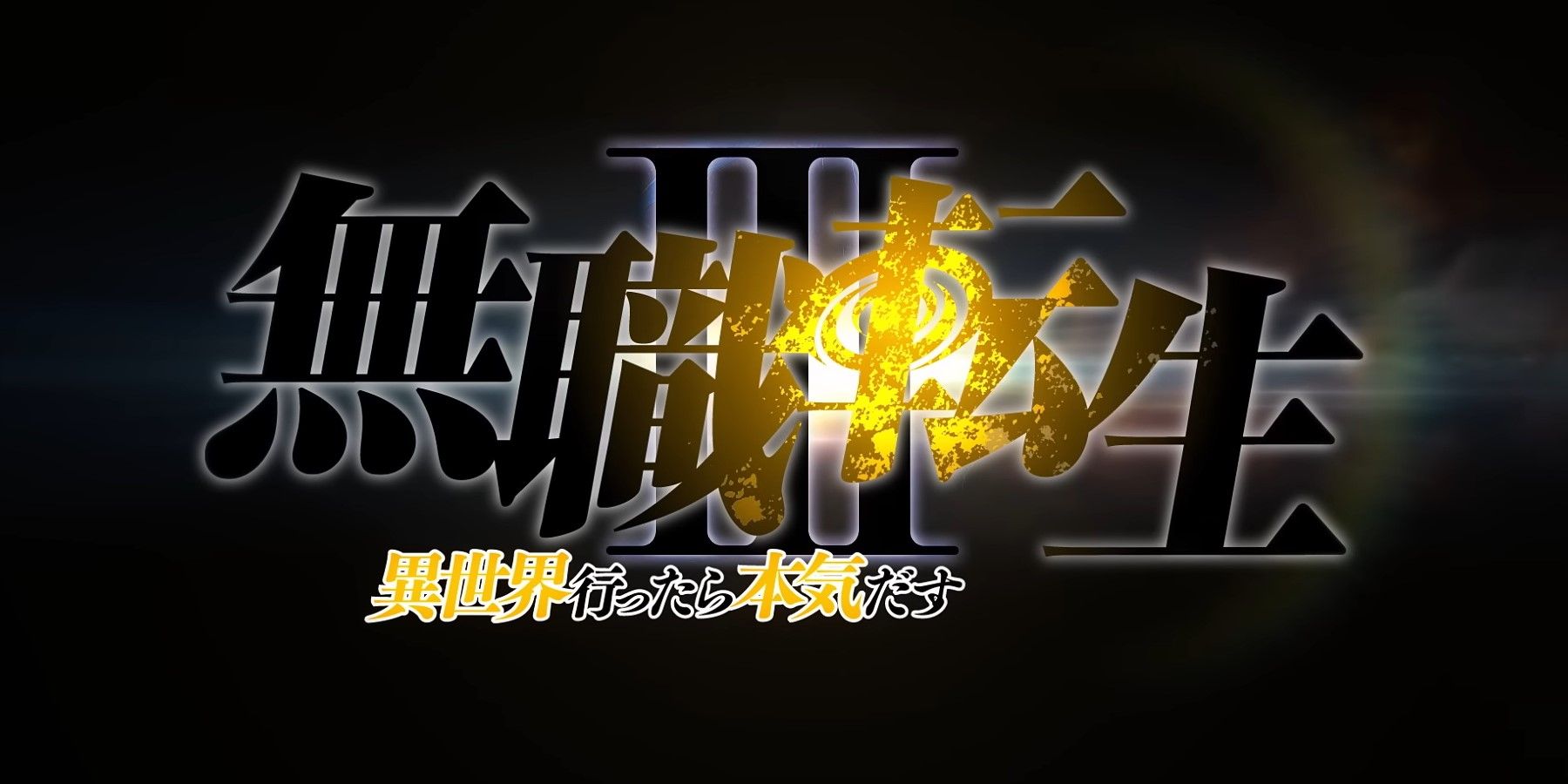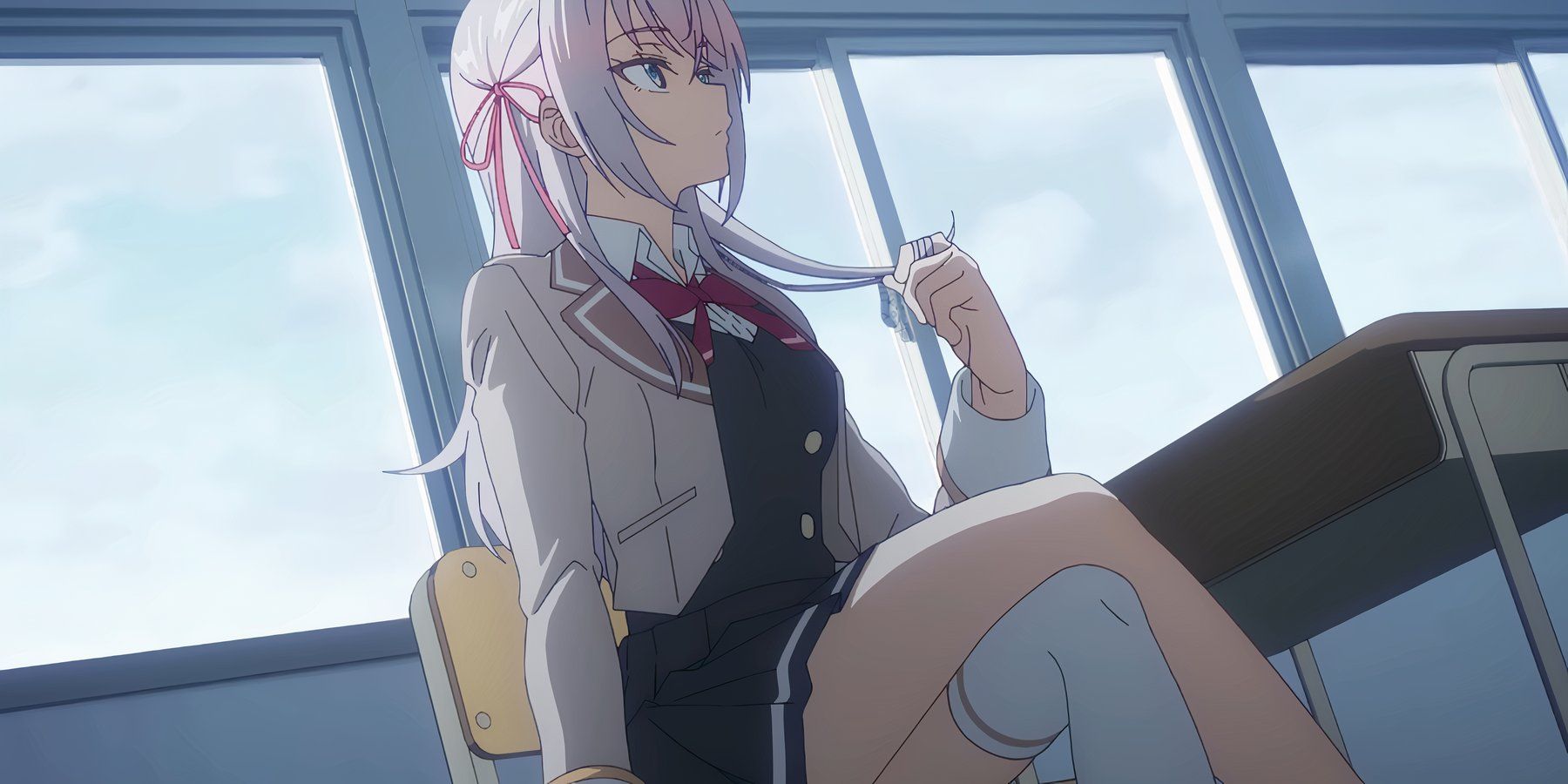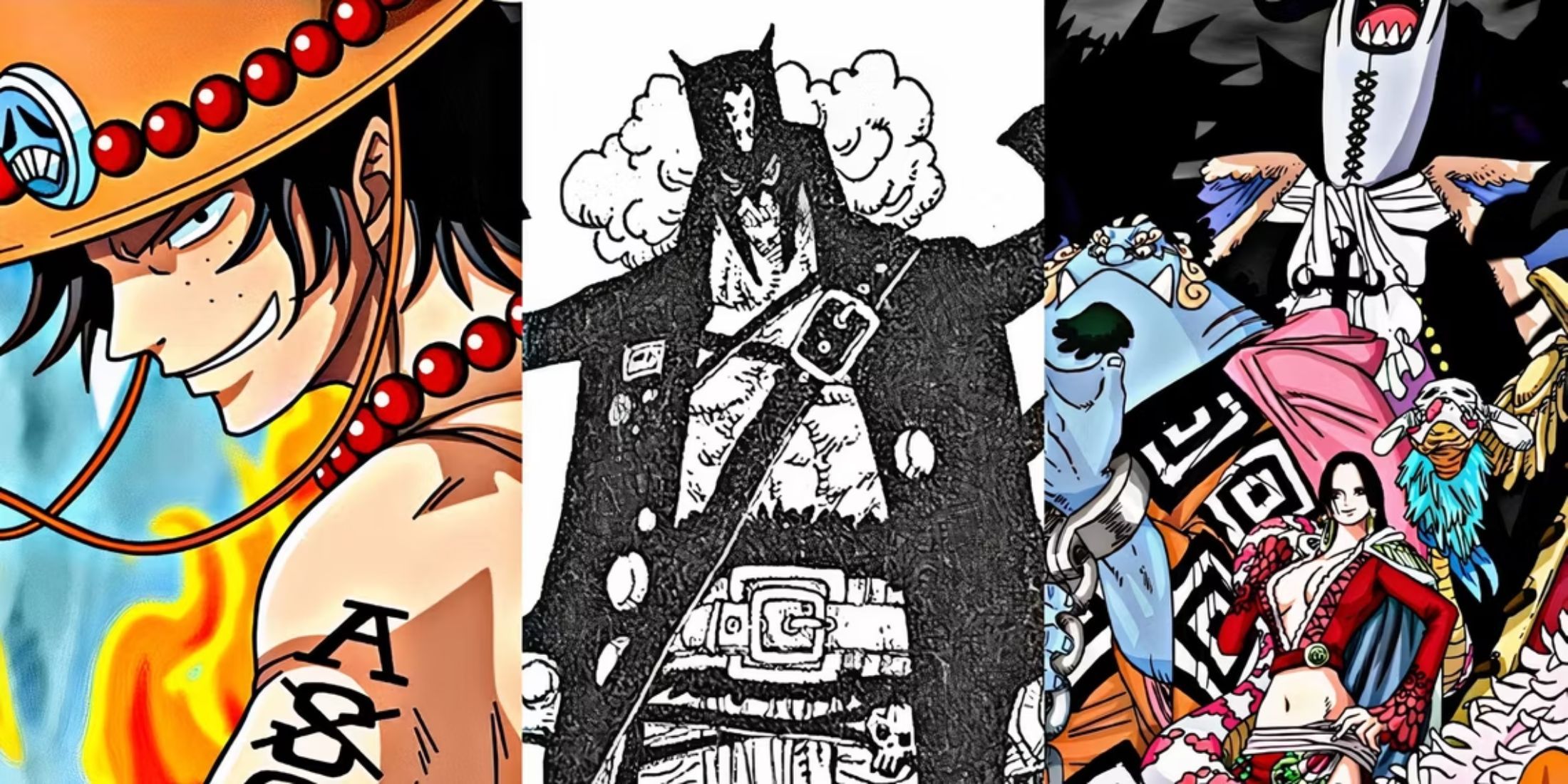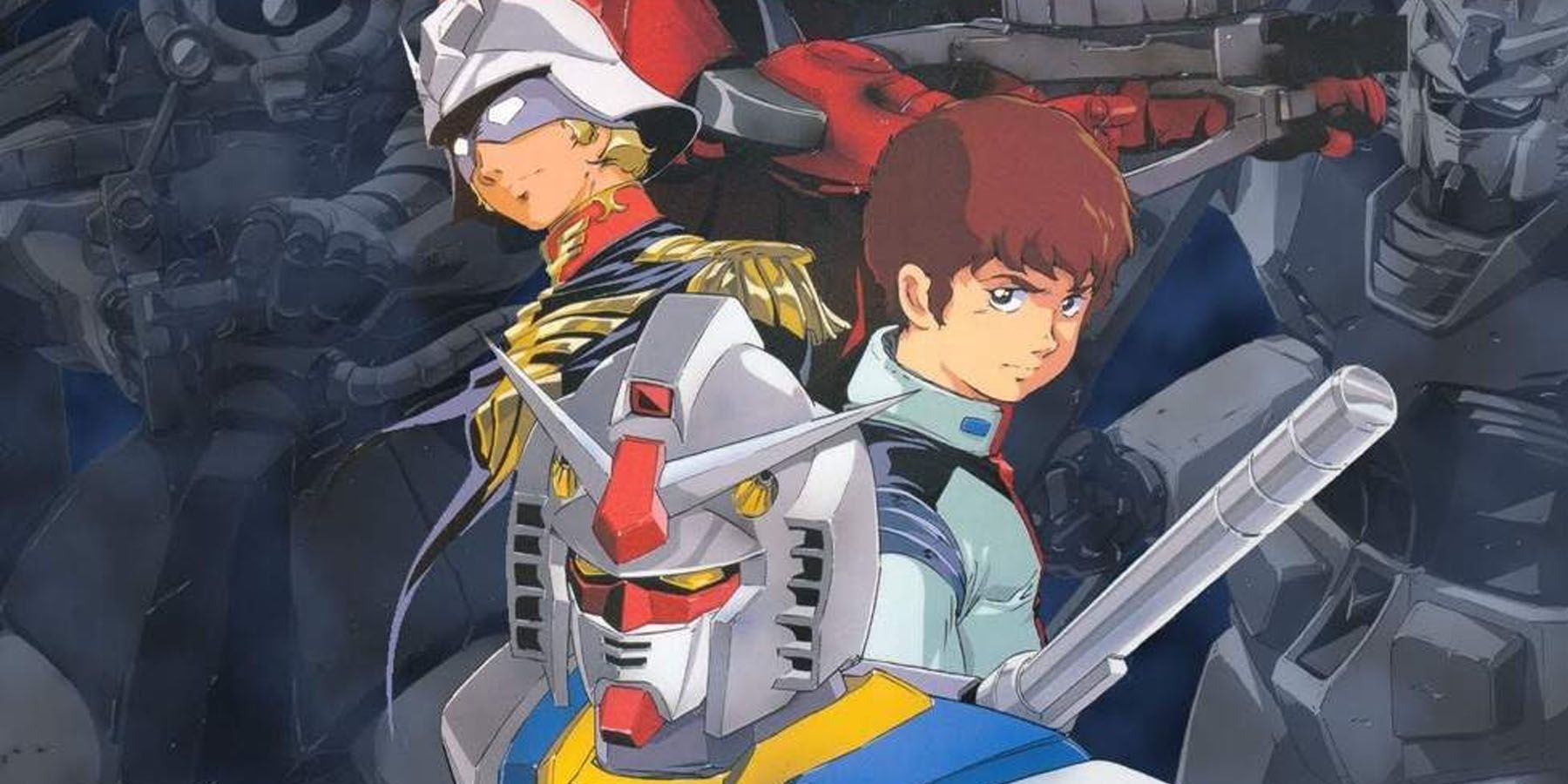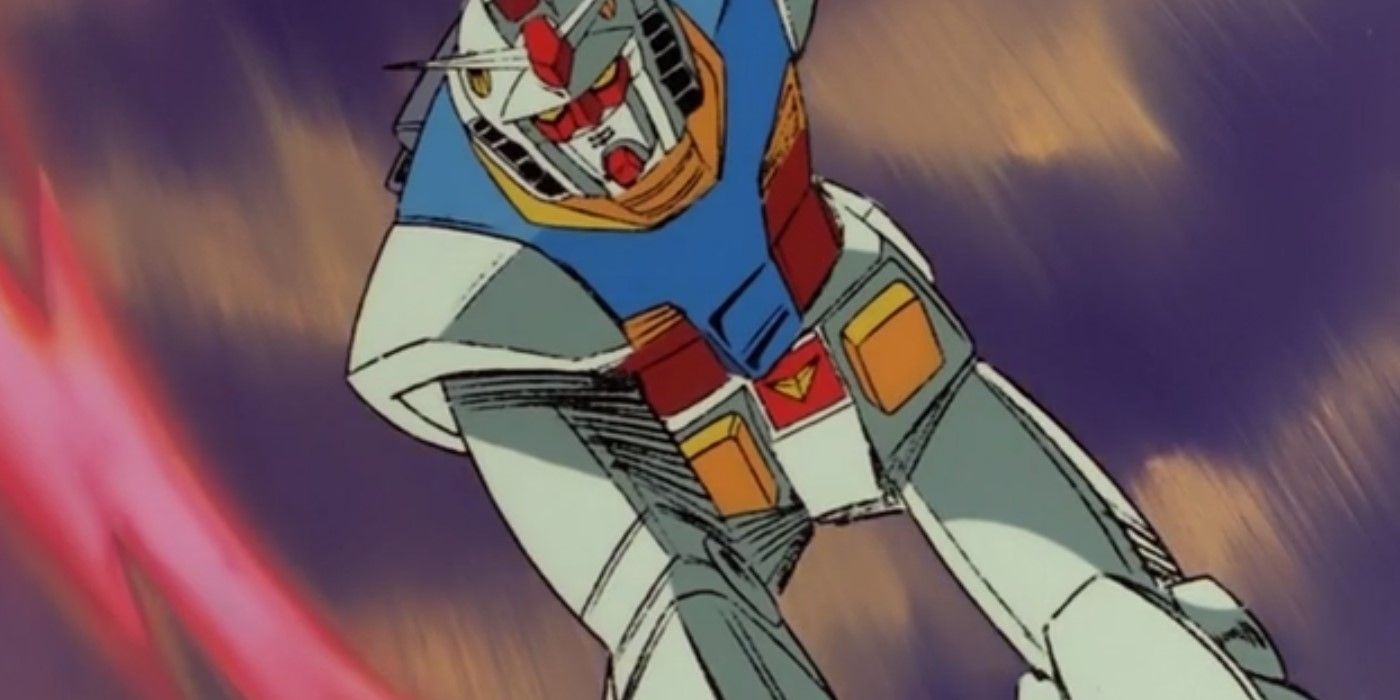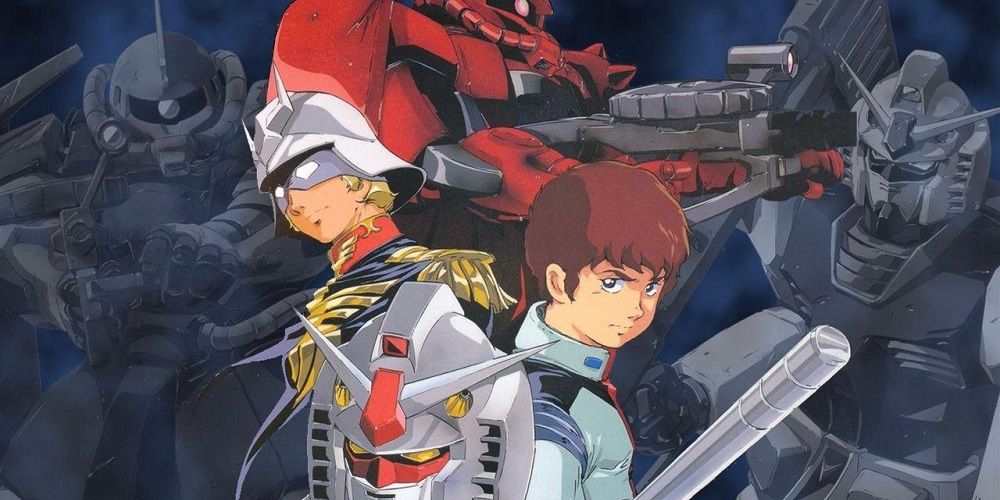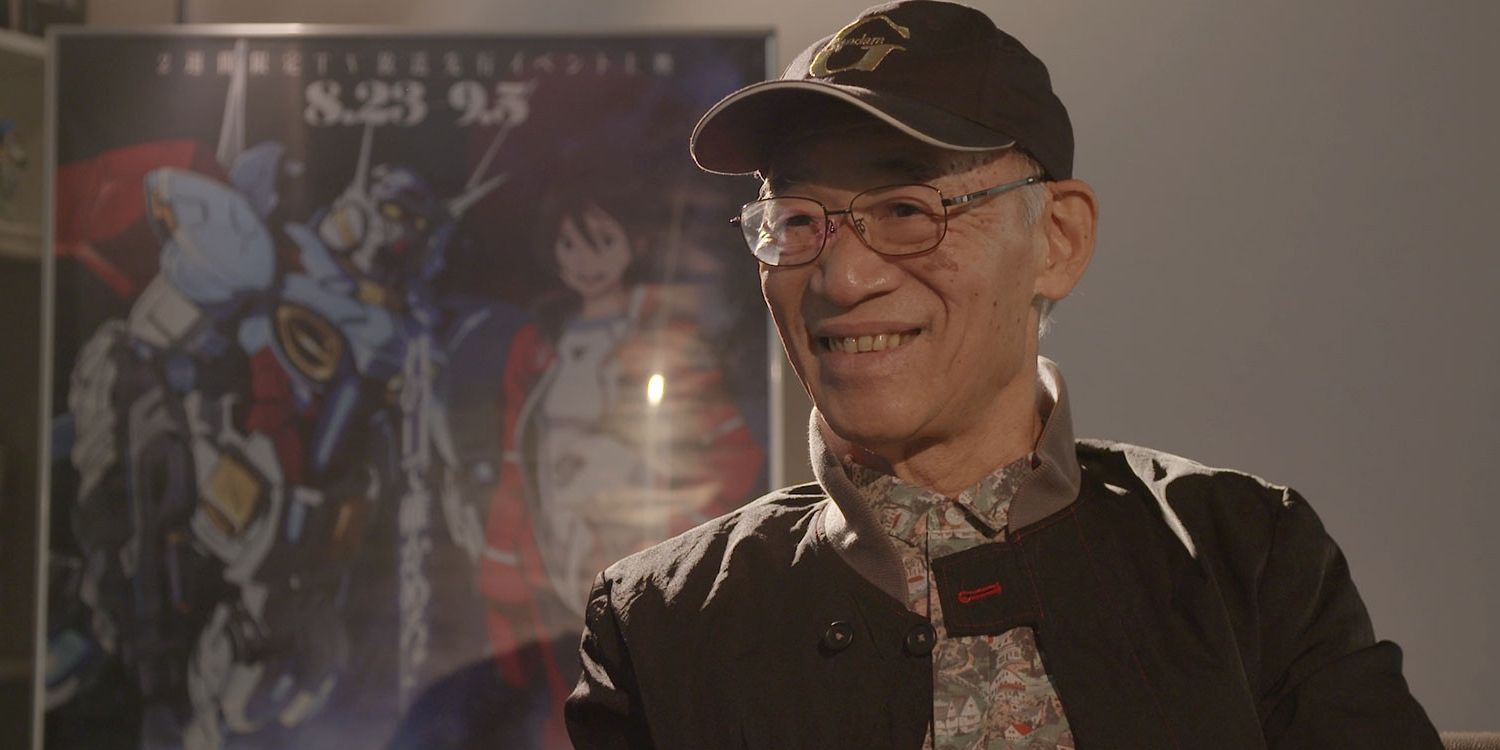The Gundam franchise is one of the biggest franchise in anime, with a history going back to the 70s. The mecha genre as a whole owes a lot to Gundam and its ability to blend exciting space robot combat with philosophical questions about war and capitalism, and it is easily one of the most influential and widespread in that sphere of anime.
The Gundam franchise initially started with a timeline called the Universal Century, but later evolved to include alternate timelines that allowed them to explore different histories and different storylines, such as the most recent entry The Witch from Mercury. However, the Universal Century remains an incredibly popular timeline for Gundam fans, and still receives frequent entries to its timeline even when other timelines have remained standalone entries. The Universal Century has an unmistakable appeal, and there are reasons why it is still a popular setting in the Gundam franchise.
What Is The Universal Century?
The Universal Century is the very first timeline featured within the Gundam franchise, largely featuring the constant conflict between the Federation on Earth and Zeon in Space. While Zeon was initially portrayed as the main villains in the first Mobile Suit Gundam series, later series would show a grayer conflict between "Earthnoids" and "Spacenoids", with neither faction being fully in the right nor fully in the wrong. The Universal Century introduced many of the themes that remain popular in future Gundam series, such as the cruelty and futility of war and the increasing depletion of the Earth due to pollution and other environmental devastations.
Series-wise, the Universal Century is a massive timeline featuring a number of shows, movies, and OVAs. The main storyline starts with the original Mobile Suit Gundam, followed by Zeta Gundam, Gundam ZZ, and the movie Char's Counterattack. However, there are many other side stories that take place in the same world, includign stories like War in the Pocket, Stardust Memory, The 08th MS Team, and more, all featuring different protagonists. The most recent Universal Century project is the Mobile Suit Gundam Hathaway movies, based on the novel series Hathaway's Flash, proving that interest in the Universal Century remains high. Mecha fans who want to get into Gundam already have a lot of episodes to go through just with the Universal Century alone.
Classic Characters And Iconic Mobile Suits
The Universal Century is the home of many classic characters, including the very first protagonist Amuro Ray and his iconic rival, Char Aznable. Both characters are the face of the Gundam franchise, with Char being so popular that nearly every alternate-timeline series features a character referencing him in some way. While Amuro and Char don't appear in every Universal Century story, there is still a plethora of iconic heroes and villains that dot the world of the Universal Century. Like Char, many of these characters have influenced archetypes or are otherwise referenced in later Gundam series.
Possibly more iconic than the human characters are the mobile suits these characters pilot. The obvious highlight is the original RX-78-2 Gundam, which is the very first Gundam ever. Its design is so recognizable that even life-size statues were made of it in Japan. However, there are also many other mobile suits that have become iconic with time - such as the Zaku, a common Zeon mobile suit that remained popular due to its constant reappearance and appealing design. Many mobile suits and Gundams have emerged from the Universal Century over the years, and they have continued to be extremely influential on the modern mecha landscape.
The Man Behind The Universal Century
The world of Gundam, particularly that of the Universal Century, primarily came from the mind of one man: Yoshiyuki Tomino. Yoshiyuki Tomino was the main writer and director for the majority of the mainline Universal Century series, making him a core part of the series' creative process. Tomino had already worked on several mecha series before including Invincible Super Man Zambot 3 and Invincible Steel Man Daitarn 3, meaning he was already a veteran mecha director before he even got to Mobile Suit Gundam.
A lot of the themes and concepts that Gundam introduces and features are ideas thought up by Tomino. Tomino wanted more realistic robot shows, and so Mobile Suit Gundam quickly became one of the foremost representatives of the Real Robot genre, a mecha subgenre that features more realistic robot designs and emphasizes scientific accuracy. In addition, much of the anti-war and environmentalist discussion that Gundam brings up comes from Tomino and his own beliefs, making him inseparable from Gundam's core messaging. Tomino's writing and philosophy forms the core of Gundam, and fans continue to adore his work years after having drawn back from being a major part of the series franchise. The Universal Century series is essentially Tomino's greatest legacy, and a large part of why the series is regaled to this day.

